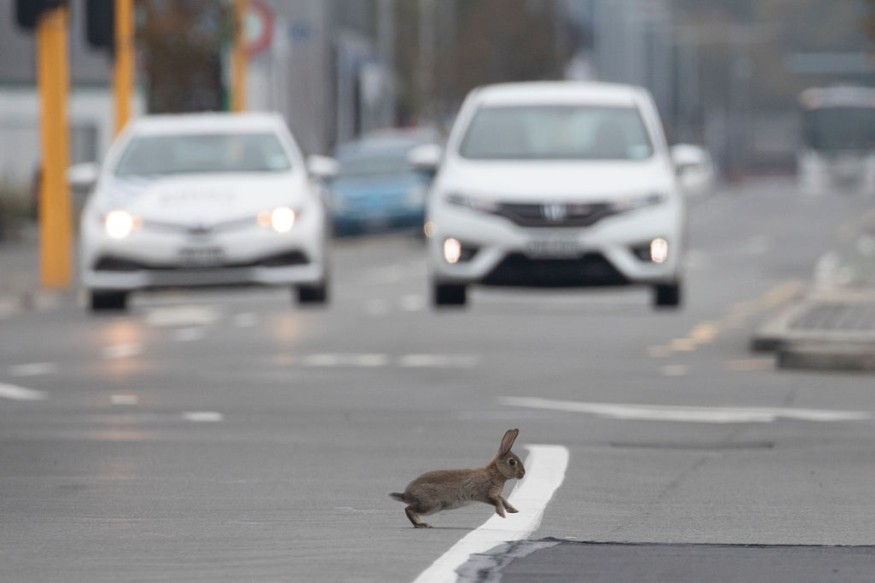In a calm residential street in Auckland, there are luxurious lawns, groomed hedges, tidy picket fences, and majestic wooden homes, yet hundreds of rabbits are everywhere, with grey, black, spotted, tan, and white fur and bright pink eyes. They like Basking in the sun on the grass, socializing beneath deck chairs, chewing heaps of cauliflower leaves.
A month ago, 400 rabbits were counted on the lawn of an otherwise unremarkable, slightly run-down mansion in Mount Eden's neighborhood. In the seven years they have been silently colonizing this yard, it has become some of the most sought and costly real estate in the country.
House prices have soared by 70%. The bunnies, completely unaware of what is going on, find themselves on the front lines of a struggle for Auckland suburbia. Now that they are the subject of a court order where they must go.

A couple from New Zealand has until August 2 to get rid of 400 rabbits. After years of complaints from neighbors, the environment court ruled in June that all but 16 of the bunnies had to be removed because In New Zealand, rabbits are considered a pest.
According to Newsroom, each year costs New Zealand more than $ 50 million in lost agricultural productivity and an additional $ 25 million in pest treatment. So far, about 200 animals have been exterminated, with the remainder being transferred to animal shelters. He intends to distribute the remaining to shelters.
How did the rabbits colonize the yard?
The story starts with Residents Elaine Cowlin and Dylan Lewis purchased four bunnies from a local pet shop in August 2014. They were not de-sexed. The rabbits began to reproduce. "We just love rabbits," Cowlin explained. Lewis resides in one of the houses on the property, giving full-time rabbit care in exchange for free rent. "The numbers were in check for maybe the first four, five years," says Lewis.
"Then they got out of hand." They are now estimate 400 rabbits after 7 years. Cowlin's rabbits would outweigh the human population of Mount Eden, a vast suburb of roughly 14,700 people, if left alone for three years.
Rabbits and their charactersitics
Rabbits and hares are members of the same taxonomic family, the Leporidae, although they are classified into separate genera. Some rabbits are the size of a cat, while others might grow to reach the size of a young kid. The world's longest rabbit measured 4 feet 3 inches (129 cm) and weighed 49 pounds (22 kg).
Bunnies breed three to four times every year since only 15% of young rabbits survive to their first birthday. Domestic rabbits require a controlled atmosphere to avoid heat exhaustion or hypothermia. Wild rabbits may be found in a variety of habitats, including woodlands, forests, meadows, grasslands, deserts, tundra, and wetlands.
Dusk and morning are the busiest times of day for rabbits. This is the time when they go out to get food. They may hide from predators because of the low light. According to ADW, they eat plants and are herbivores. This implies they eat a plant-based diet and do not consume meat.
Predators such as owls, hawks, eagles, falcons, wild dogs, feral cats, and ground squirrels are a continual hazard.
© 2025 NatureWorldNews.com All rights reserved. Do not reproduce without permission.





